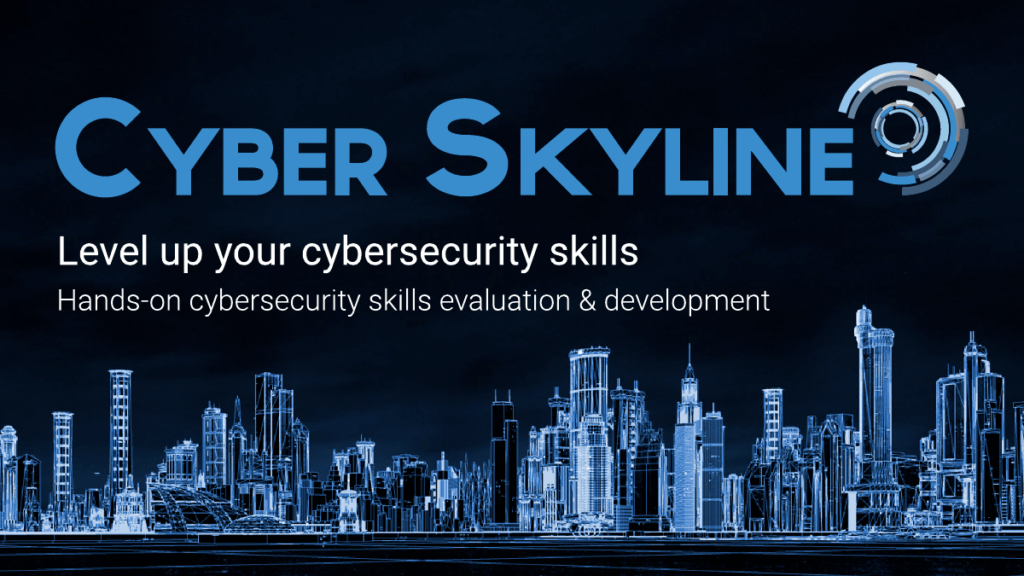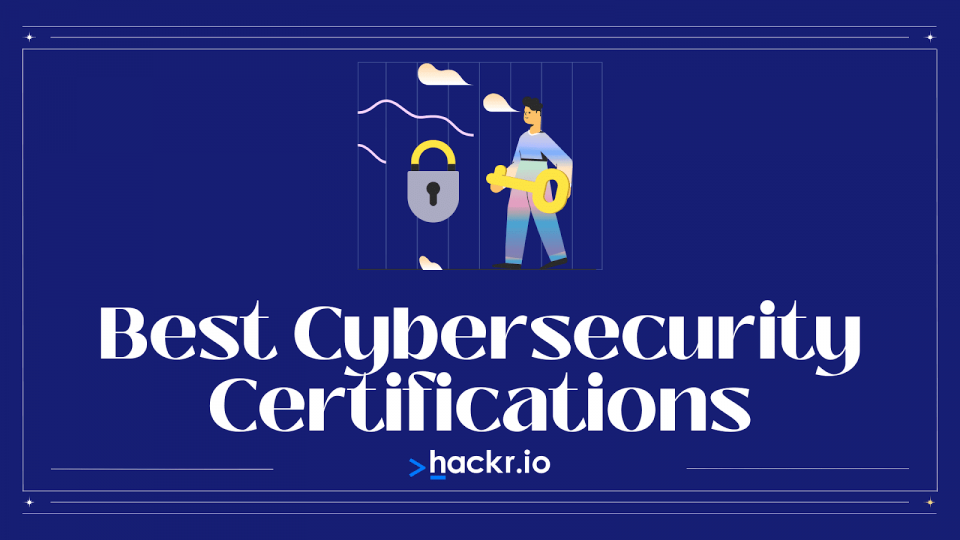Europol reported the apprehension of 54 individuals involved in a vishing scam targeting elderly Spanish citizens through a combination of phone scams, social engineering tactics, and physical threats. The perpetrators posed as bank employees, gathering personal information over the phone before physically approaching the victims at their homes to demand payment, credit cards, and personal belongings.
Subsequently, the stolen cards were used for ATM withdrawals and purchases, with bank details misused for account takeovers, resulting in $2.7 million in losses, as highlighted in the Europol report.
Abu Qureshi, threat intelligence lead of BforeAI, emphasized the unconventional nature of the vishing attack, involving physical visits to victims’ addresses for data extraction. This blend of digital and physical tactics raises concerns about the evolving strategies employed by cybercriminals.
Qureshi further explained how face-to-face social engineering enhances vishing attacks by building trust and reducing skepticism, making it easier for attackers to manipulate their targets effectively.
Striking in Scale, Sophistication
Stephen Kowski, CTO of SlashNext Email Security, highlighted the scale and sophistication of the vishing operation, noting the use of call centers and bank staff impersonation to make the scams more convincing. The evolving tactics, aided by advanced voice AI and spoofing technologies, pose challenges for victims in detecting such attacks.
As traditional vishing methods resurge, exploiting human psychology and trust, Kowski emphasized the difficulty in preventing such attacks with technical defenses, especially with the increasing shift to voice channels as email security improves.
The shift to remote work has also opened new avenues for vishing scams targeting employees, raising concerns about financial losses, data breaches, and compromised customer information, which can tarnish a company’s reputation and erode trust.
Organizations are urged to conduct security awareness training, including realistic vishing simulations, and implement advanced voice threat detection and call screening technologies to protect against malicious calls. Creating a culture where employees feel safe reporting suspicious calls is crucial in combating social engineering attacks.



